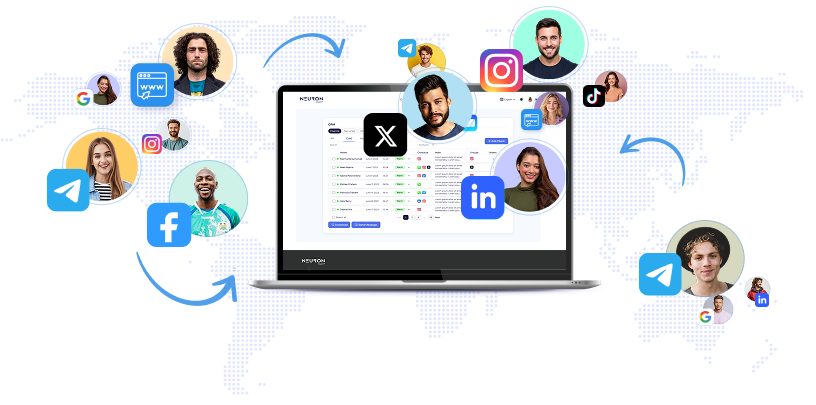
The rise of generative AI (gen AI) has been propelled by prominent large language models (LLMs) like OpenAI's GPT-4, Google's Gemini, and Anthropic's Claude. However, smaller language models (SLMs) are emerging as potential frontrunners in the field, according to some experts. Research from Gartner indicates that although LLMs have led language model development, SLMs may address critical challenges for businesses such as budget constraints, data protection, privacy, and risk mitigation. Businesses might find themselves weighing the benefits of larger versus smaller models in their exploration of gen AI. Five business leaders share their insights on this topic: 1. **Domain-Specific Models**: Claire Thompson, from L&G, envisions a future where both LLMs and SLMs coexist, especially as LLMs are fine-tuned for specific topics. She believes in developing tailored models for domains like healthcare and finance but is skeptical about companies committing resources to build them from scratch. 2. **Choosing the Right Model**: Nick Woods of MAG Airports Group advocates for a hybrid approach, selecting models based on specific business use cases rather than adopting a one-size-fits-all strategy.
He emphasizes focusing on business transformation and suggests deploying small models to address particular needs. 3. **Contextual Application**: Gabriela Vogel from Gartner highlights the growing trend of companies utilizing small, context-specific models tailored to particular applications, as organizations move towards implementing more focused gen AI solutions. 4. **Minimizing Hallucinations**: Ollie Wildeman from Big Bus Tours notes that smaller models often provide better results for businesses, as they are designed with specific data in mind. This approach enhances data safety and reduces inaccuracies, leading companies to prefer domain-specific models. 5. **Utilizing First-Party Data**: Rahul Todkar from Tripadvisor emphasizes that the effectiveness of AI models lies in their ability to be customized to fit the business's context and utilize first-party data effectively. He argues that the future of AI will revolve around creating tailored models rather than simply selecting between large and small. In summary, while LLMs attract attention, the discussion suggests that SLMs may hold significant promise, particularly for specific applications and contexts in business.
The Future of AI: Small Language Models vs Large Language Models


Examining AI ‘hallucinations’ and Sunday’s Gaza blasts Thomas Copeland, BBC Verify Live journalist As we prepare to close this live coverage, here's a summary of today's key stories

The challenge marketers face today is harnessing AI’s potential without compromising sustainability goals—a question we at Brandtech have been exploring with clients and industry peers.

By 2028, it is expected that 10 percent of sales professionals will use the time saved through artificial intelligence (AI) to engage in 'overemployment,' a practice where individuals secretly hold multiple jobs simultaneously.

OpenAI has rapidly established itself as a leading force in artificial intelligence through a series of strategically crafted partnerships with top technology and infrastructure companies worldwide.

A recent study reveals stark differences in how reputable news websites and misinformation sites manage AI crawler access via robots.txt files, a web protocol controlling crawler permissions.

On Saturday, President Donald Trump shared an AI-generated video showing him in a fighter jet dropping what appears to be feces onto U.S. protesters.

Nvidia Corp.
Automate Marketing, Sales, SMM & SEO

and get clients on autopilot — from social media and search engines. No ads needed
and get clients today